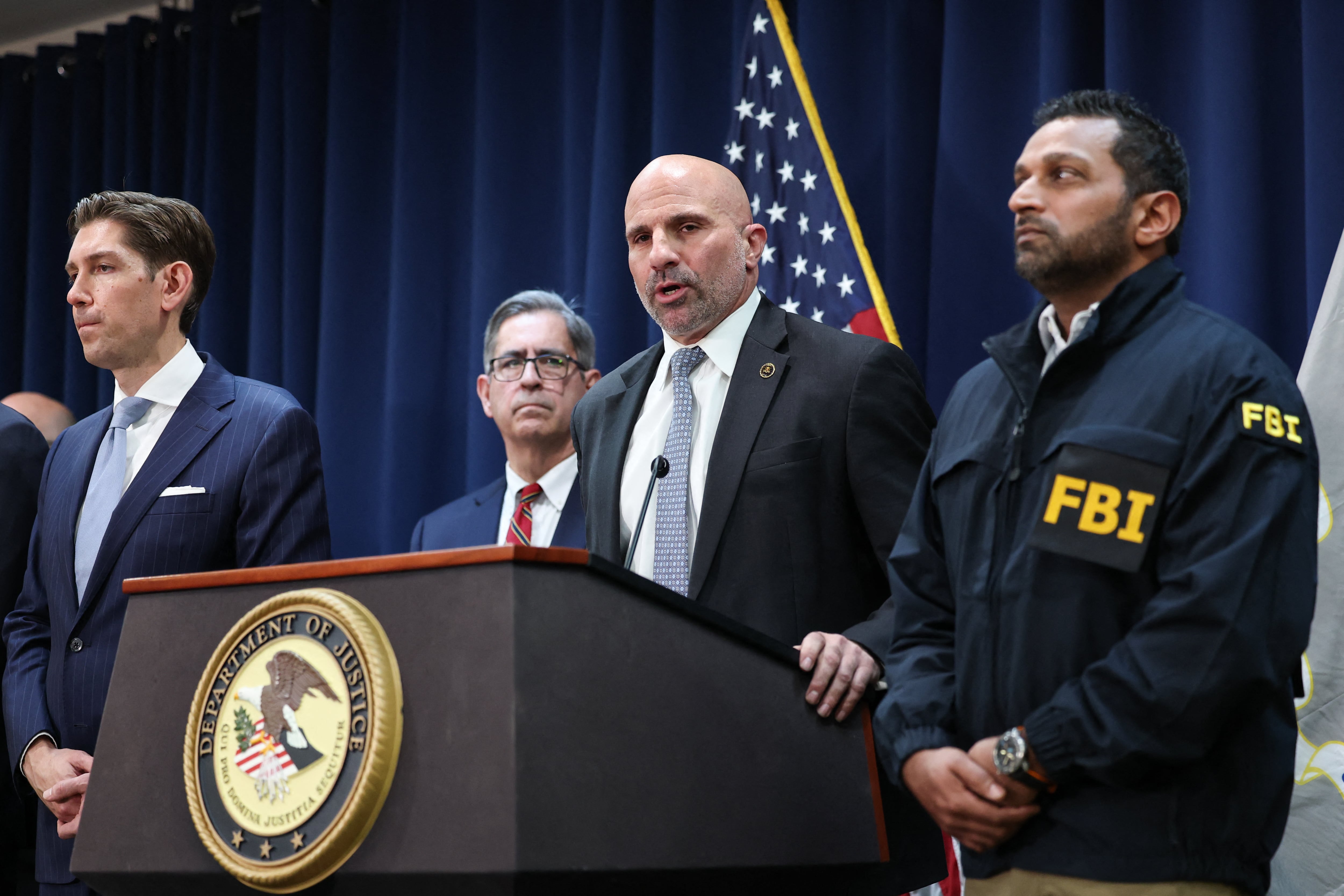Drones could be perched on rooftops across Dublin city, ready to spring into action to respond to emergencies, under proposals for the development of the unmanned aircraft industry.
A two-year, in-depth study to help prepare Dublin and other European cities for the widespread use of commercial and public sector drones is being initiated by Dublin City Council, the Irish Aviation Authority (IAA), and Lero, the Research Ireland Centre for Software, and Maynooth University.
The project will explore new drone-based initiatives, as well as informing a strategy for the industry’s growth while mitigating safety, security, environmental, privacy and other concerns.
Jamie Cudden, the council’s Smart Dublin project manager with the local authority, said Dublin City Council had already been using drones for at least five years.
READ MORE
“They are our eye in the sky. We use them for all types of things – tracking construction projects, measuring progress on our active travel projects. We use them in building control, where you might have a report [that] something’s looking dangerous on an old building and instead of having to get scaffolding and close the road, you can get a drone up and do a visual inspection in minutes. It’s a huge benefit and significant saving.”
The council was keen to explore the expansion of drone use particularly as a first response to emergencies, he said.
“We are experimenting with having a network of drones across rooftops – drone in a box; it can just hop up whenever it’s needed to respond to an emergency without having an operator, send the information, and then come back to its box.”
One of the areas the council is looking at is water safety, initially focusing on the river Liffey. “If anyone fell into the river, the drone could relay the information about where exactly they were, really quickly, back to emergency services.”
There was, he said, a “really big opportunity” to expand drones for medical use, including transporting blood to hospitals. “At the moment a lot of that happens via motorbike couriers or taxis, and time lost through congestion can be quite significant.”
Commercial use of drones, particularly for deliveries, was also likely to increase and Dublin needed to prepare. “When you think about electric scooters and all the money some cities put into them, and then there were all sorts of problems with the way they were used or left on the street. I think drones have a risk of going the same way if we don’t get ahead of it and figure out how we do it the right way,” he said.
“As drones are becoming more prevalent, people are going to be asking who owns them, they will have reasonable concerns about noise issues, security, privacy and safety. We need to make sure we are providing the guardrails for the safe and effective use of the airspace above our streets.”
- Sign up for push alerts and have the best news, analysis and comment delivered directly to your phone
- Join The Irish Times on WhatsApp and stay up to date
- Listen to our Inside Politics podcast for the best political chat and analysis












